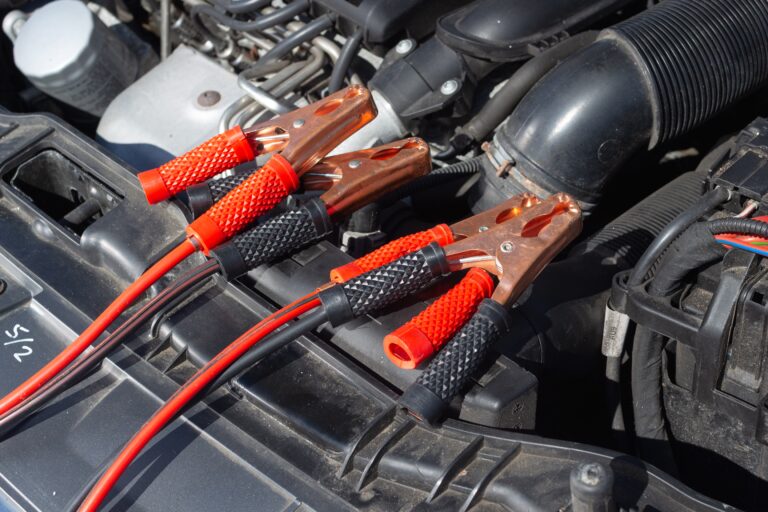Recover non-booting Linux
Linux boot sequence includes many stages. Following the BIOS initialisation, the boot loader is being called (GRUB or GRUB-EFI), then GRUB does its magic, and then it loads the kernel and the init RAM FS (initramfs or initrd) to memory. Following that, the kernel is jumped to, and a set of scripts are called from the initramfs, into a ‘pivot-root’ section, where the real OS, running on the real disks is called.
I will give a quick note about troubleshooting initramfs failures. It will fail when an internal script fails and aborts, it will fail with it cannot mount the real OS root filesystem, it may fail by many unique events which I cannot cover here. However – it is important to know that you can “hack” into the process and get a working shell from within.
Most modern Linux systems use ‘dracut’ as the ramdisk generating framework. There are others, but the method I will show works for ‘dracut’ on RHEL/Centos/OEL 6+
on RHEL 6 – adding this to the boot command line would result in a shell:
rdshell rdbreak=[cmdline|pre-udev|pre-trigger|initqueue|pre-mount|mount|pre-pivot|cleanup]Select one of the break points you want. Each has a meaning, but I will not go into it now. Make sure you remove the GRUB directives for ‘quiet’ and ‘rhgb’ if they exist.
For RHEL7+ you should append the following syntax to the boot command line:
rd.shell rd.break=[cmdline|pre-udev|pre-trigger|initqueue|pre-mount|mount|pre-pivot|cleanup]You can read more about it in the Fedoraproject Wiki page.



One Comment